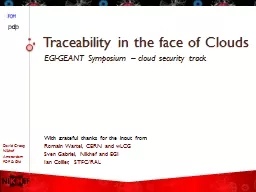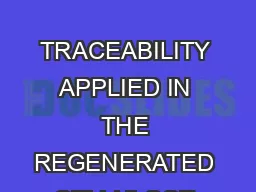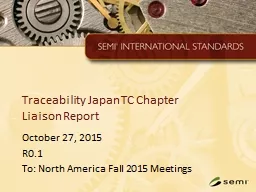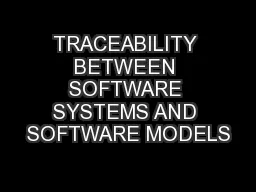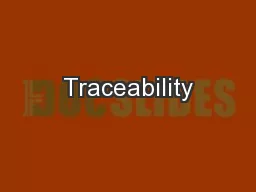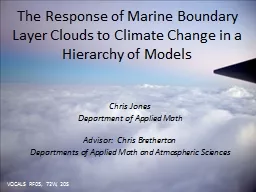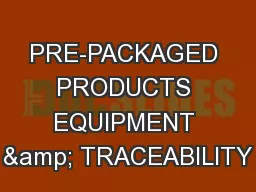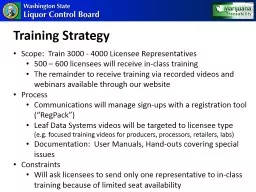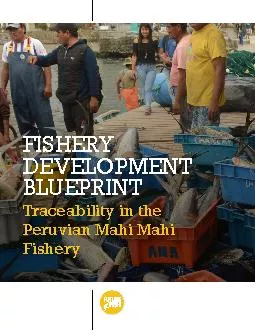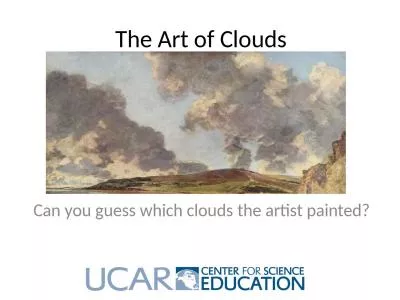PPT-Traceability in the face of Clouds
Author : tawny-fly | Published Date : 2016-06-01
EGIGEANT Symposium cloud security track With grateful thanks for the input from Romain Wartel CERN and wLCG Sven Gabriel Nikhef and EGI Ian Collier STFCRAL
Presentation Embed Code
Download Presentation
Download Presentation The PPT/PDF document "Traceability in the face of Clouds" is the property of its rightful owner. Permission is granted to download and print the materials on this website for personal, non-commercial use only, and to display it on your personal computer provided you do not modify the materials and that you retain all copyright notices contained in the materials. By downloading content from our website, you accept the terms of this agreement.
Traceability in the face of Clouds: Transcript
Download Rules Of Document
"Traceability in the face of Clouds"The content belongs to its owner. You may download and print it for personal use, without modification, and keep all copyright notices. By downloading, you agree to these terms.
Related Documents

